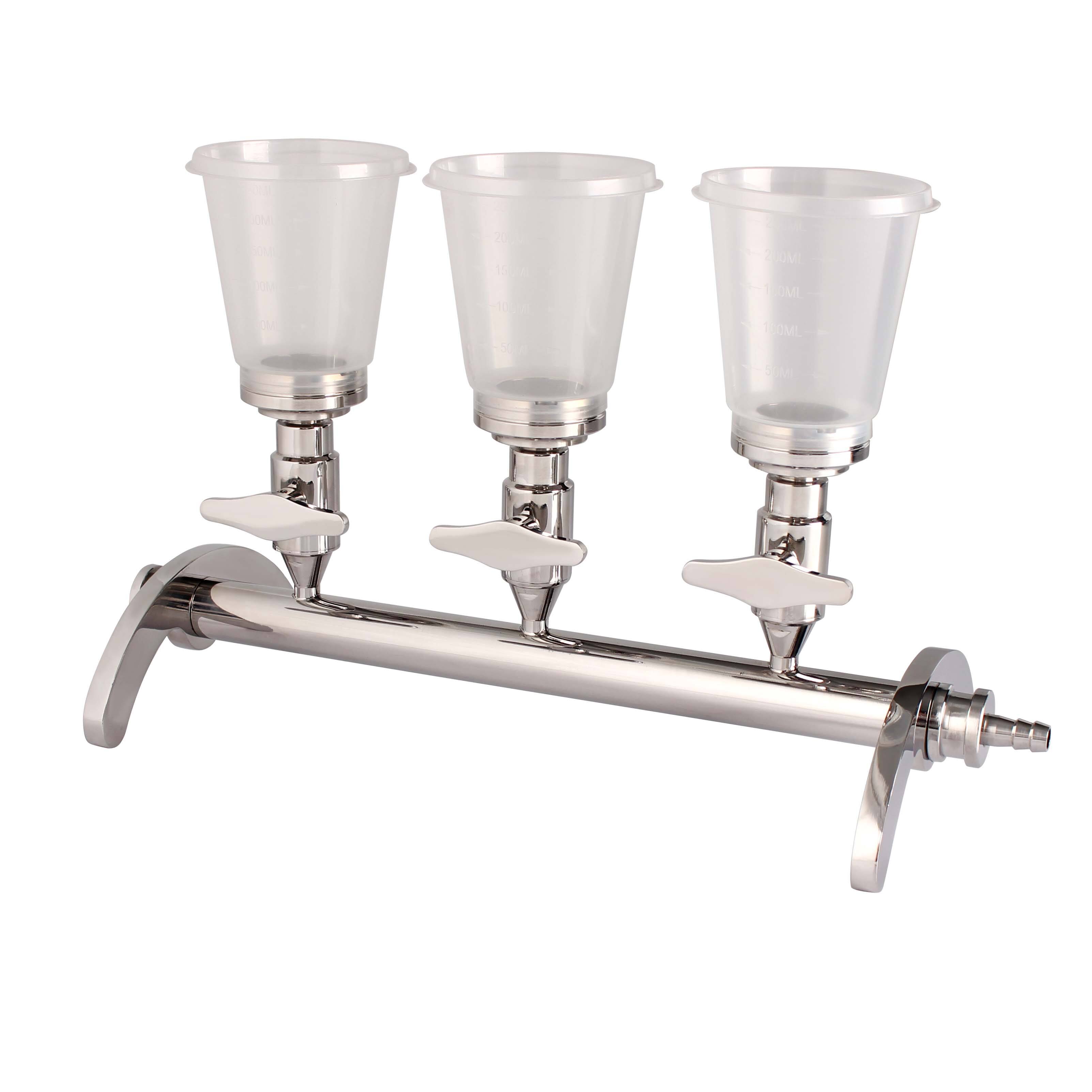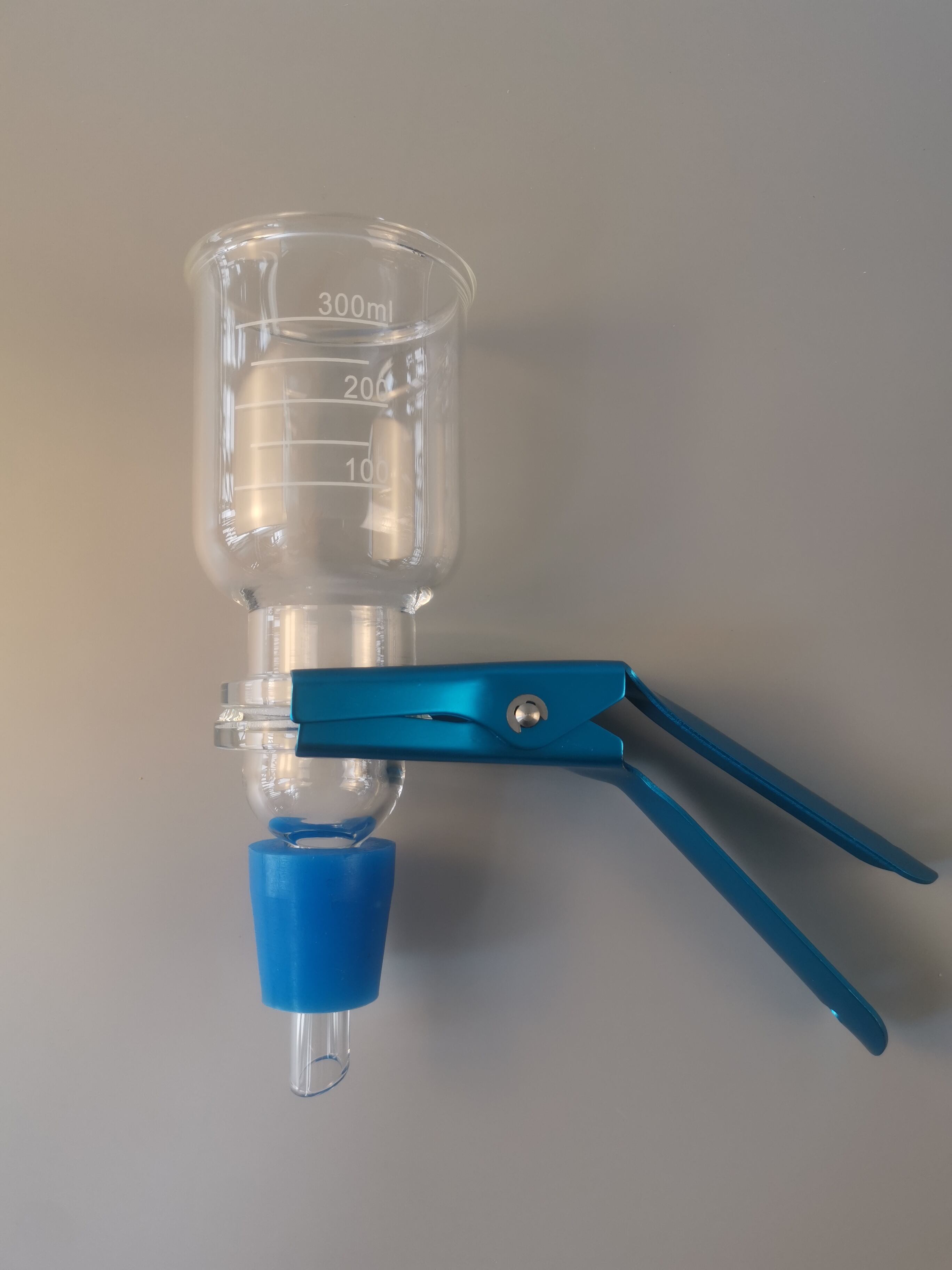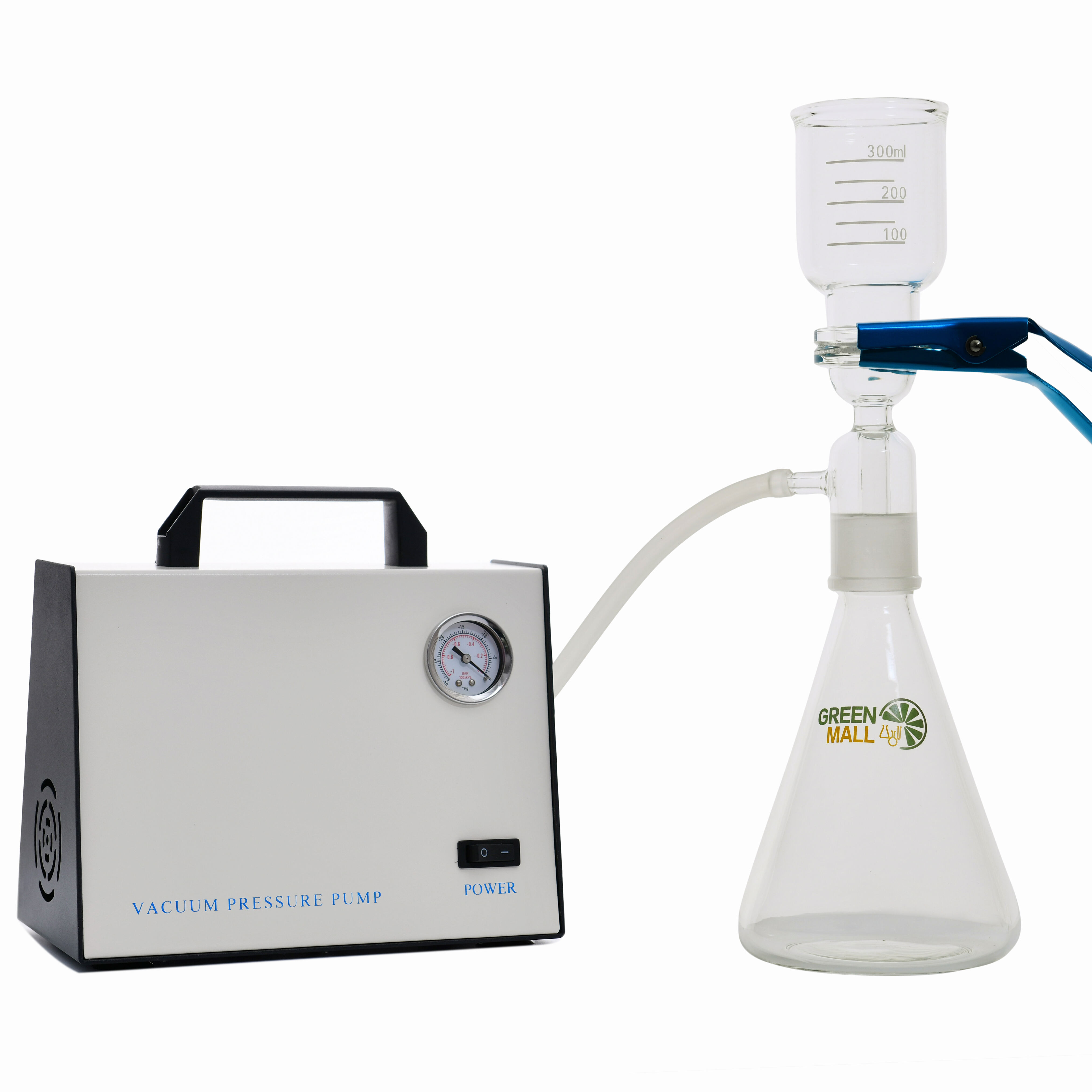вакуумная фильтрация в лаборатории
Вакуумная фильтрация в лаборатории представляет собой основную лабораторную технику, которая значительно улучшает разделение твердых веществ от жидкостей за счет применения вакуумного давления. Эта сложная система включает несколько ключевых компонентов, таких как источник вакуума, фильтрационный колб, бухнеровский фильтр и фильтровальная бумага, работающие совместно для достижения быстрой и эффективной фильтрации. Технология функционирует путем создания разности давлений, что ускоряет процесс фильтрации, делая его значительно быстрее, чем гравитационная фильтрация. Источник вакуума, обычно это вакуумный насос или водяной аспиратор, создает отрицательное давление под фильтром, эффективно вытягивая жидкость и удерживая твердые частицы. Versatility этой системы позволяет ей обрабатывать различные объемы образцов, от маломасштабных аналитических процедур до более крупных подготовительных разделений. Данная техника находит широкое применение в различных научных дисциплинах, включая химию, биохимию и экологическую науку. Она отлично справляется с задачами, требующими изоляции осадков, очистки растворов и восстановления кристаллических продуктов. Современные системы лабораторной вакуумной фильтрации часто включают продвинутые функции, такие как цифровой контроль давления, защита от переполнения и химически стойкие компоненты, обеспечивая как эффективность, так и безопасность лабораторных операций.


